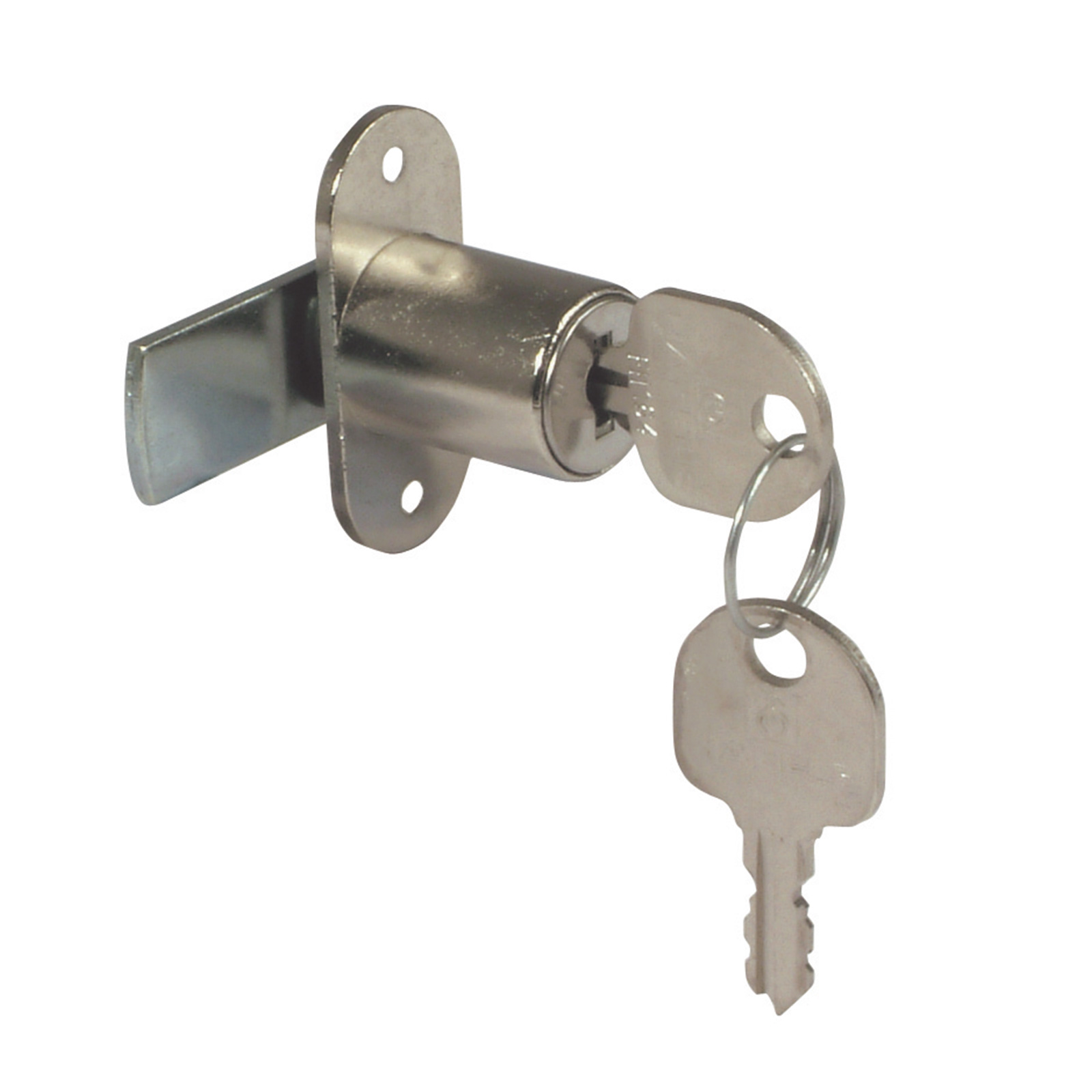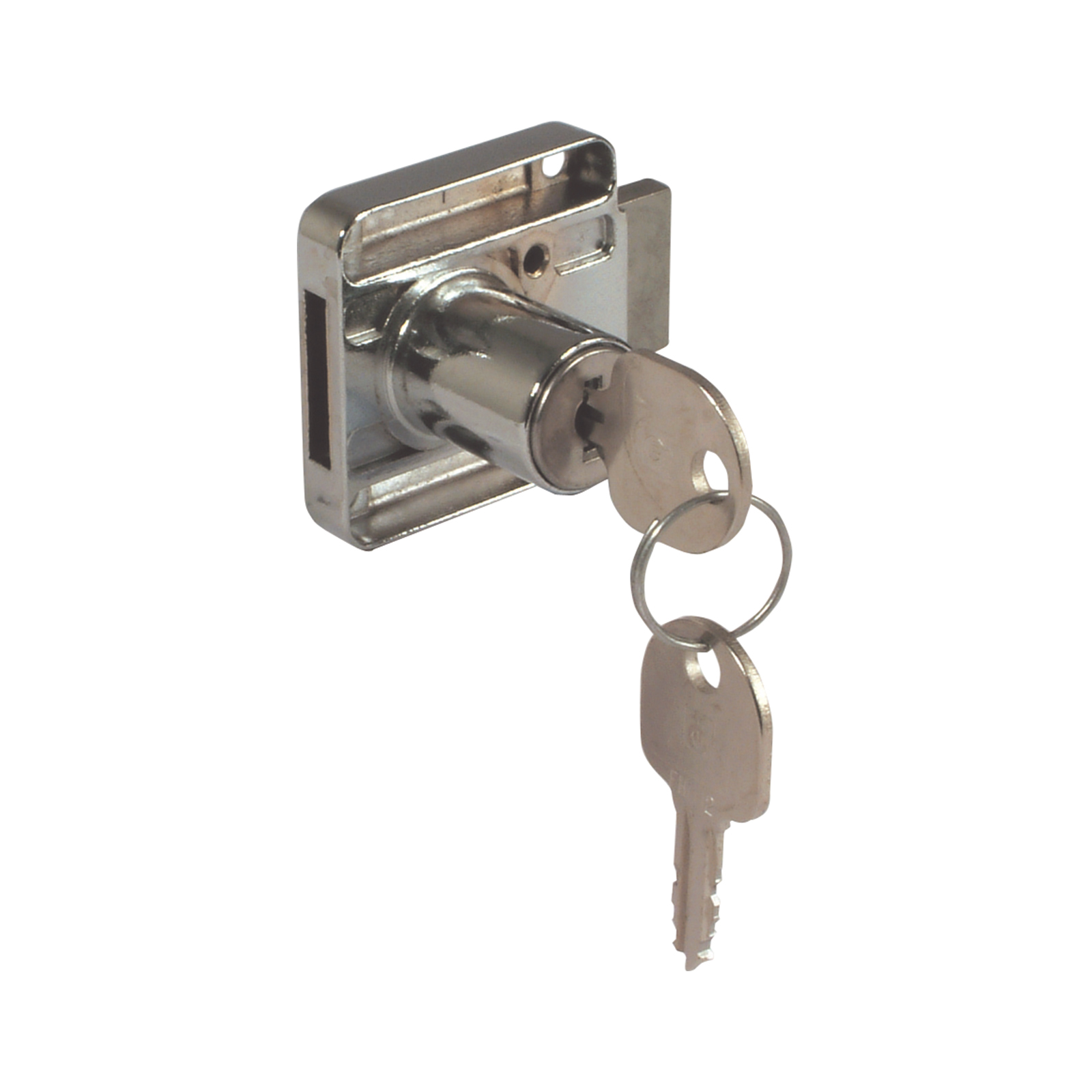Hafele Cabinet Door Lock Features and Specifications
Yo, peeps! Let’s dive into the world of Hafele cabinet door locks – the unsung heroes of organized kitchens and stylish storage solutions. These aren’t your grandma’s rusty old latches; we’re talking sleek, secure, and seriously sophisticated locking mechanisms. Get ready to upgrade your storage game!
Hafele Cabinet Door Lock Model Comparison
Choosing the right Hafele cabinet lock can feel like navigating a maze, but fear not! This table breaks down some popular models, highlighting their key differences. Think of it as your cheat sheet to lock-picking nirvana (the good kind, where *you* hold the key).
| Model | Material | Locking Mechanism | Key Type |
|---|---|---|---|
| Hafele 991.10.000 | Zinc Alloy | Push-to-Open/Push-to-Close | No Key |
| Hafele 991.10.001 | Zinc Alloy | Mechanical | Standard Key |
| Hafele 392.00.000 | Steel | Magnetic Latch | No Key |
| Hafele 506.50.000 | Zinc Die Cast | Cam Lock | Standard Key |
Note: This is not an exhaustive list; Hafele offers a wide variety of models. Always check the manufacturer’s specifications for the most up-to-date information.
Hafele Cabinet Door Lock Installation
Installing a Hafele cabinet lock is totally doable, even if you’re more of a “Netflix and chill” kind of person than a DIY guru. Just follow these steps, and you’ll be locking up your precious belongings in no time.
Hafele cabinet door locks – Before you begin, gather your tools: a screwdriver (probably both Phillips and flathead), a pencil, and maybe a measuring tape for extra precision. Safety glasses are always a good idea too, just in case.
- Step 1: Measure and Mark: Carefully measure and mark the location for the lock on the cabinet door and frame. Precision is key here, people!
- Step 2: Drill Pilot Holes: Use the appropriate drill bit to create pilot holes for the screws. Don’t go overboard; you just want to make things easier for the screws.
- Step 3: Install the Strike Plate: Attach the strike plate to the cabinet frame using the provided screws.
- Step 4: Attach the Lock Body: Position the lock body on the cabinet door and secure it with screws.
- Step 5: Test the Lock: Give it a whirl! Make sure the door latches securely and the key (if applicable) works smoothly. If not, double-check your work.
Hafele Cabinet Door Lock Security Features
Security is the name of the game, right? Hafele locks often boast features designed to keep your stuff safe and sound. While specific features vary by model, you can generally expect a level of tamper and pick resistance exceeding that of your average, run-of-the-mill cabinet lock. Some models might even sport certifications from organizations like UL (Underwriters Laboratories) or similar testing bodies, signifying they’ve met certain security standards. Think of it as the lock’s “security badge of honor.” For example, a high-quality steel lock with a complex internal mechanism will offer significantly better resistance to tampering and picking than a cheaper, simpler zinc alloy lock.
Hafele Cabinet Door Lock Applications and Use Cases: Hafele Cabinet Door Locks

Hafele cabinet door locks aren’t just about keeping your grandma’s china safe; they’re about securing everything from your prized spice collection to top-secret office documents. Choosing the right lock depends on where you’re using it and what you need to protect. Think of it like choosing the right superhero for the job – you wouldn’t send Superman to fight a bank robber with a water pistol, would you? Let’s dive into the best Hafele lock for every situation.
Different Hafele locks offer various levels of security and functionality, making them suitable for a wide range of applications. The right choice depends on factors like the level of security needed, the environment (humidity, temperature), and the type of cabinet or furniture. Let’s break it down.
Hafele Cabinet Door Lock Applications by Location
Matching the right Hafele lock to its environment is key to maximizing its lifespan and effectiveness. Think of it as choosing the perfect outfit for a party – you wouldn’t wear a tuxedo to a beach bonfire, right? Here’s a guide to help you choose the perfect Hafele lock for your specific needs.
- Kitchens: High-traffic areas demand durable locks resistant to moisture and frequent use. Hafele’s push-to-open locks or simple, reliable cam locks are ideal here. Their sleek designs blend seamlessly with modern kitchen aesthetics.
- Bathrooms: Humidity is the enemy here. Choose Hafele locks with corrosion-resistant finishes, like stainless steel or those with specialized coatings. A simple push-to-open mechanism is usually sufficient for bathroom vanities.
- Offices: Security is paramount. Consider Hafele’s higher-security locks with key mechanisms for sensitive documents or valuable equipment. These locks might incorporate features like locking bolts or reinforced construction.
- Bedrooms/Closets: For personal items, a balance of security and ease of use is important. Hafele’s range offers locks that cater to this, from simple child-safety locks to more secure options with keys.
Hafele Cabinet Door Locks vs. Alternatives
Choosing between different brands and lock types can feel like choosing between a million different streaming services – overwhelming! Let’s compare Hafele locks to some common alternatives to help you make the right decision.
| Feature | Hafele Lock | Alternative Lock (e.g., Generic Cam Lock) | Comparison |
|---|---|---|---|
| Durability | High-quality materials, often with corrosion resistance | Potentially lower quality materials, susceptible to wear and tear | Hafele locks generally offer superior longevity and resilience. |
| Security | Variety of security levels available, from simple to high-security options | Basic security, easily bypassed in some cases | Hafele provides options to match various security needs. |
| Aesthetics | Sleek, modern designs that complement various styles | Often less aesthetically pleasing | Hafele locks tend to enhance the look of furniture rather than detract from it. |
| Price | Generally mid-range to higher-priced | Often cheaper | Higher initial cost often translates to long-term value and better performance. |
Scenario-Based Lock Selection
Selecting the right Hafele cabinet door lock is like picking the perfect soundtrack for a movie – it needs to fit the scene perfectly. Let’s look at some scenarios and the ideal Hafele lock for each.
- Scenario 1: A high-humidity bathroom vanity storing expensive toiletries. Recommended Lock: A Hafele lock with a stainless steel finish and a simple push-to-open mechanism for ease of use and moisture resistance.
- Scenario 2: A kitchen cabinet storing valuable silverware. Recommended Lock: A Hafele cam lock with a keyed mechanism for added security. The robust construction will withstand daily use.
- Scenario 3: An office filing cabinet containing confidential documents. Recommended Lock: A Hafele high-security lock with a complex locking mechanism and a durable construction to deter tampering.
- Scenario 4: A child’s bedroom closet with easily accessible items. Recommended Lock: A Hafele child-safety lock that is easy to operate for an adult but difficult for a child to open.
Troubleshooting and Maintenance of Hafele Cabinet Door Locks

Keeping your Hafele cabinet door locks running smoothly is key to maintaining a stylish and functional kitchen or home. Just like your favorite pair of jeans, these locks need a little TLC to stay in tip-top shape. This section will walk you through common problems, solutions, and preventative maintenance tips to keep those cabinet doors locking and unlocking like a boss.
Common Problems and Solutions for Hafele Cabinet Door Locks
This table Artikels common issues, their causes, solutions, and preventative measures. Think of it as your handy-dandy troubleshooting guide, straight outta a Hollywood blockbuster.
| Problem | Cause | Solution | Prevention |
|---|---|---|---|
| Lock won’t engage | Misaligned latch or strike plate; Obstruction in the mechanism; Worn-out parts | Adjust the strike plate; Remove any obstructions; Replace worn parts (springs, latches, etc.) | Regularly inspect for obstructions; Lubricate moving parts periodically; Replace parts as needed before complete failure. |
| Lock is sticking or difficult to turn | Accumulated dust or debris; Lack of lubrication; Damaged mechanism | Clean the lock mechanism with compressed air or a brush; Lubricate with a suitable lubricant (graphite or silicone spray); Replace damaged parts. | Regular cleaning; Periodic lubrication; Avoid forcing the lock. |
| Lock is loose | Loose screws; Damaged mounting holes | Tighten screws; If holes are damaged, consider using wood filler or stronger screws and potentially reinforcing the cabinet door/frame. | Periodically check screw tightness; Use appropriate screws for the cabinet material. |
| Key won’t turn | Broken key; Bent key; Obstruction in the keyhole | Replace the key; Straighten the key (if possible); Clean the keyhole with compressed air or a keyhole cleaner. | Avoid forcing the key; Keep keys clean and free from damage; Store keys properly. |
Preventative Maintenance Tips
Preventative maintenance is your secret weapon against lock malfunctions. Think of it as giving your locks a regular spa day – it keeps them looking and working great!
Regular preventative maintenance can significantly extend the life of your Hafele cabinet door locks. Here’s how:
- Dust and debris removal: Regularly clean the lock mechanisms with compressed air or a soft brush to remove dust and debris. Think of it as a mini-spring cleaning for your locks.
- Lubrication: Apply a small amount of lubricant (graphite or silicone spray) to the moving parts of the lock mechanism every six months or as needed. This keeps things moving smoothly, like a well-oiled machine.
- Screw tightening: Periodically check the tightness of the screws that secure the lock to the cabinet door and frame. Tighten them if necessary. Think of it as tightening the bolts on your favorite ride.
- Visual inspection: Regularly inspect the locks for any signs of wear and tear, such as cracks, loose parts, or damage. Address any issues promptly to prevent more significant problems.
Troubleshooting Flowchart
The flowchart would begin with a central box asking: “Is the lock functioning correctly?” A “Yes” branch leads to an end point. A “No” branch leads to a series of boxes representing common problems (lock won’t engage, lock is sticking, lock is loose, key won’t turn). Each problem box has branches leading to potential causes (misaligned latch, obstruction, worn parts, etc.). Each cause then leads to a solution box (adjust latch, remove obstruction, replace parts, etc.). The flowchart uses clear yes/no decision points and visually connects problems, causes, and solutions in a logical sequence. The overall design is simple and easy to follow, using clear and concise language. Think of it as a step-by-step guide, like a recipe for success.
